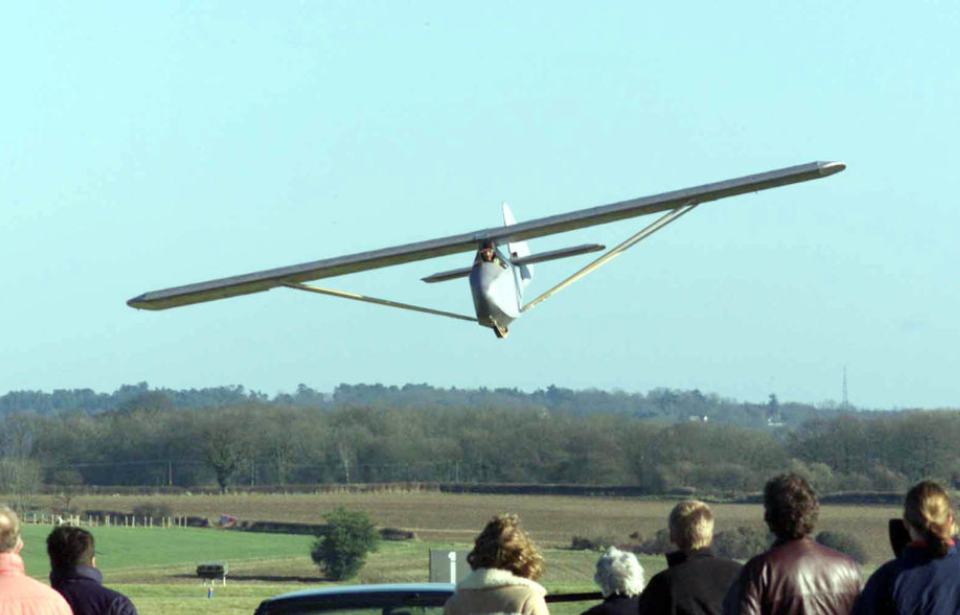Throughout World War II, prisoners of war (POWs) were taken by both sides. They were kept under constant guard, forced into work details and kept locked away if they became difficult. Among the most infamous was Colditz Castle. The German camp was home to POWs who’d made escape attempts at other prisons, and many continued to concoct schemes while held there. Perhaps the most elaborate was the construction of the Colditz Cock, a glider built by prisoners in the camp’s chapel.
Colditz Castle, AKA Oflag IV-C
Oflag IV-C operated out of Colditz Castle throughout the course of the Second World War. Unlike other prison camps, it only held enemy officers. While it initially housed prisoners from all Allied countries, it was decided in May 1943 that Oflag IV-C would only hold POWs from the British Commonwealth and the United States.
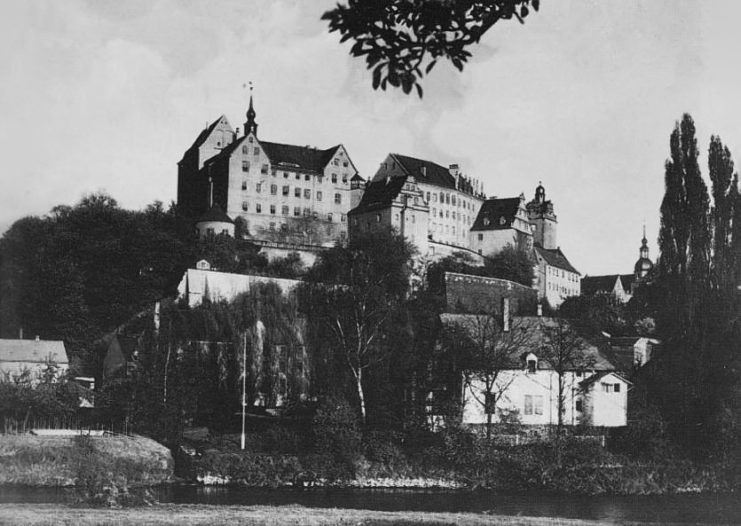
The Germans quickly moved the Dutch, Polish, Belgian and French officers, leaving behind only a few Free French prisoners and 228 Commonwealth officers. The building’s design meant the German garrison could be housed in the outer court, while the POWs were located in an adjacent one, surrounded by barbed wire.
The guards were largely made up of German veterans from the First World War or soldiers unable to fight on the front. There was also an extensive network national youth organization members in the surrounding area who recaptured prisoners who managed to escape from Colditz Castle.
A number of prisoners attempted escapes
Despite the extensive security measures at Oflag IV-C, there were still escape attempts made. In one instance, Flight Lt. Dominic Bruce tried to escape by hiding in a Red Cross packing case with a rope made from bed sheets. While in the box, he was taken to a storage room, where he broke out, abseiled down the side of the building and made a run for it – but not before he left a message for his captors. It read, “The air in Colditz no longer pleases me. See you later!”
Unfortunately, Bruce was recaptured a week later while trying to board a Swedish ship in Danzig.
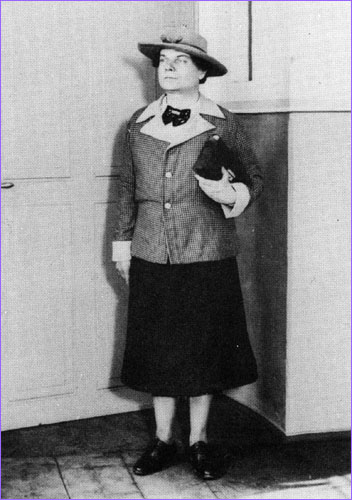
In another instance, a French lieutenant known simply by the name “Bouley” escaped Colditz Castle dressed as a German woman. A group of POWs were outside on a walk when they noticed a woman had dropped her watch. They called out to the Fräulein to tell her. However, she didn’t answer, which drew suspicion from a German guard. When he went after her, he quickly realized she was actually an escaped prisoner and brought Bouley back to Oflag IV-C.
An ingenius invention
While Bouley and Bruce both made creative escape attempts, the most elaborate scheme came from Lt. Tony Rolt, a British officer who’d been captured during the Siege of Calais. He’d realized the chapel roof was out of view of the guards and that it would be an ideal place to launch a glider, to get across the nearby river.
It was Royal Air Force (RAF) pilots Bill Goldfinch and John “Jack” Best who put the plan into action. After discovering C.H. Latimer-Needham’s book, Aircraft Design, in the camp’s library, they gathered a group of 12 POWs to help. They called these assistants “apostles,” as they were working in the chapel.
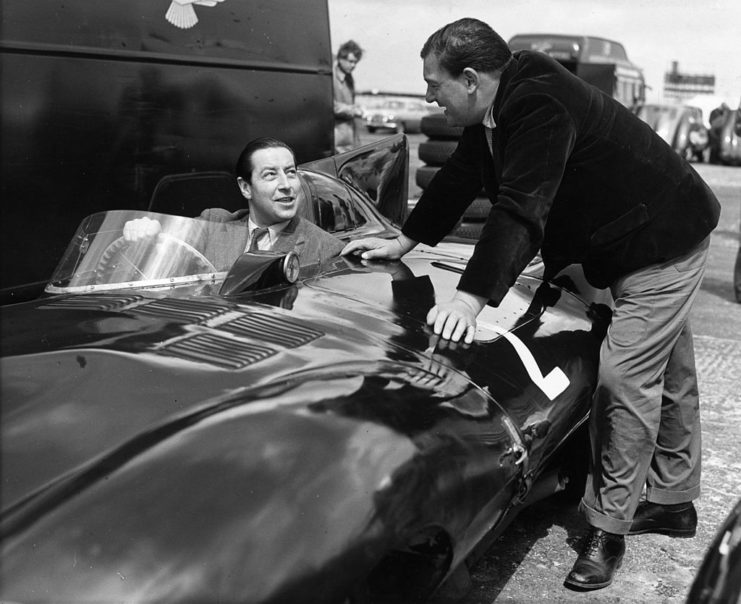
Evidently, one of the biggest problems they faced was keeping their work a secret from the guards, a feat they accomplished by building a false wall to block off the area. They also made sure there were lookouts placed around the chapel, and even rigged an electric alarm, incase anyone got too close. What aided them greatly was the numerous tunnel escape attempts made by other prisoners, making the guards more likely to look for signs on the ground, rather than in the air.
Constructing the Colditz Cock
Materials to build a glider were difficult to come by in the POW camp, so the prisoners had to work slowly, using stolen pieces of wood and other materials. They also got creative, using bed slats, floor boards, electrical wires and sleeping bags, and used stolen millet, which they boiled to seal the outside of the glider once it was covered in cloth.
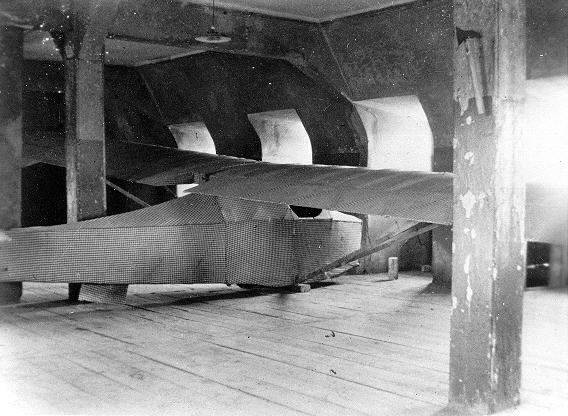
Although the men were creative in their design, there was also an expert on both gliders and prison escapes who was asked to review their calculations. British pilot Lorne Welch, who was instrumental in the famous “Great Escape” from Stalag Luft III, performed stress tests to ensure the Colditz Cock would fly.
Constructing the glider wasn’t the only issue the prisoners had to overcome – they also had to figure out how to launch it. They came up with an ingenious pulley system, constructed from a metal bathtub filled of concrete, which would be dropped to launch the Colditz Cock forward. It would then travel along a 60-foot runway made from tables.
Liberation of Colditz Castle
With the Colditz Cock nearing completion, the prisoners planned for their takeoff to occur during an air raid blackout, as their escape would be less noticeable. However, they later decided that, since the Allies were getting close to the prison, they should leave the glider as a way to get a message to the incoming forces, in case an order was issued to murder the remaining prisoners.
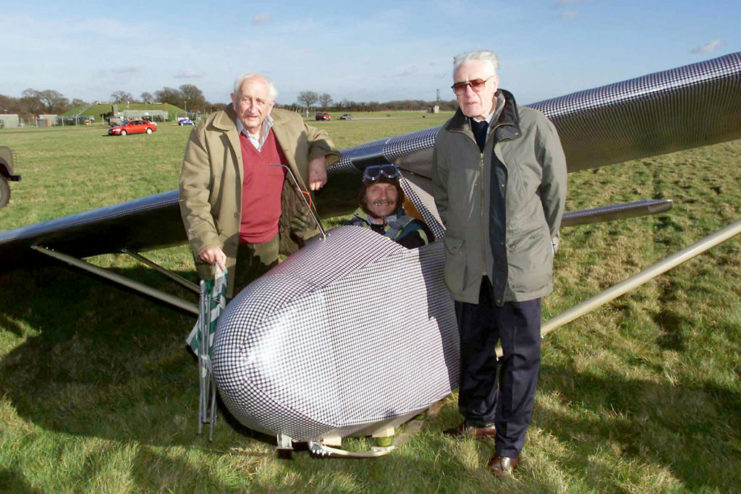
More from us: The World’s First Ever Gliderborne Attack Allowed Germany to Take Belgium
On April 16, 1945, Oflag IV-C was liberated by US forces, and the Colditz Cock was never needed. No one knows what happened to the glider after the liberation. A replica was constructed in 1999 and successfully flew the following year. In attendance were Bill Goldfinch and Jack Best, along with the other officers who’d worked on the original Colditz Cock.
